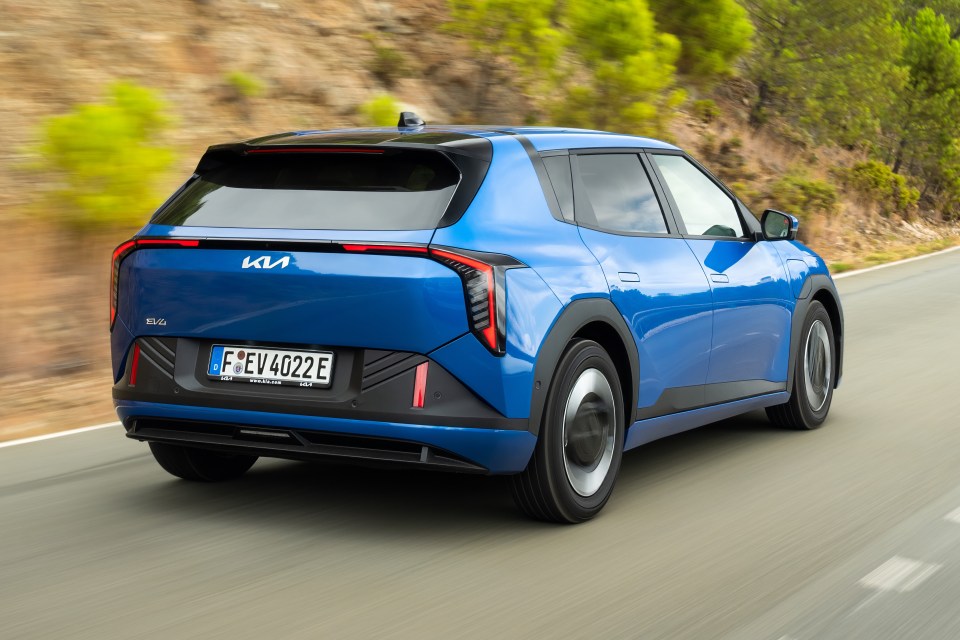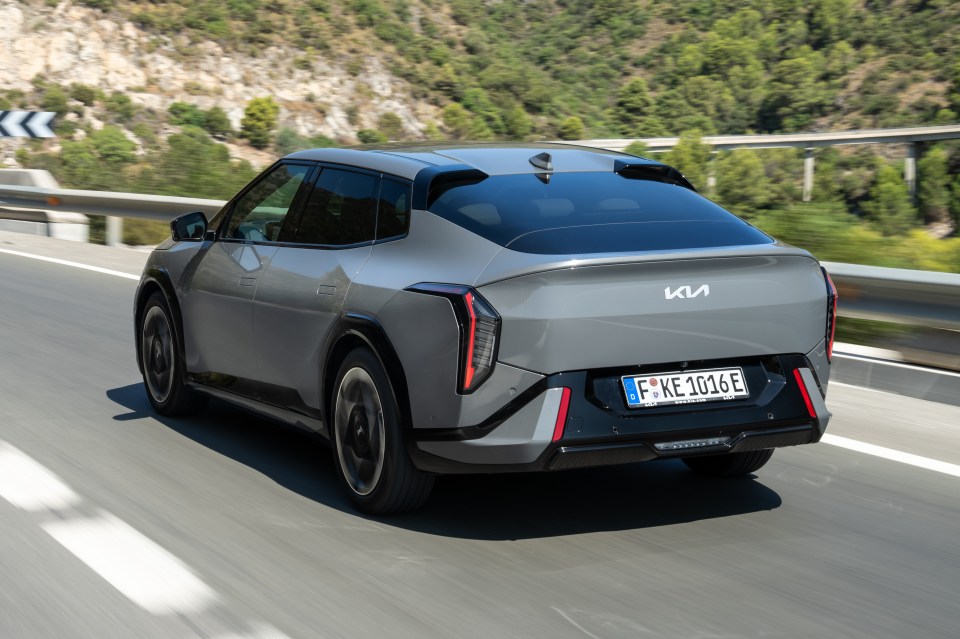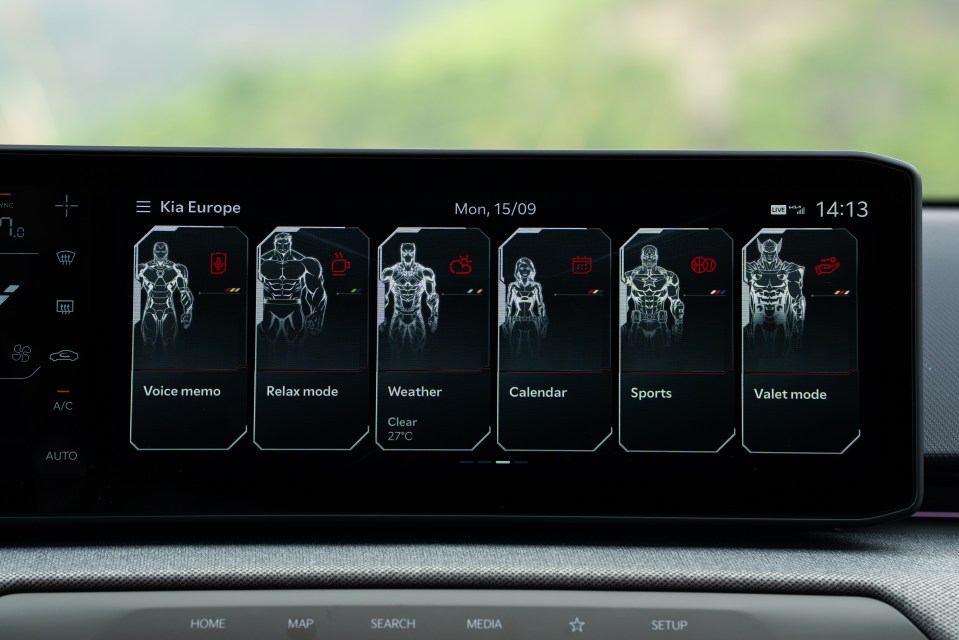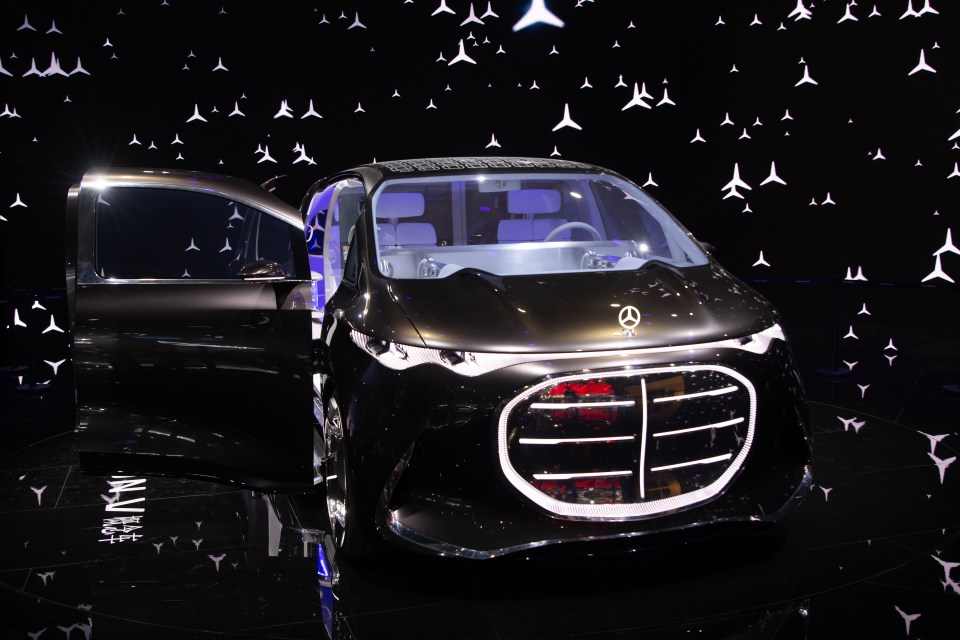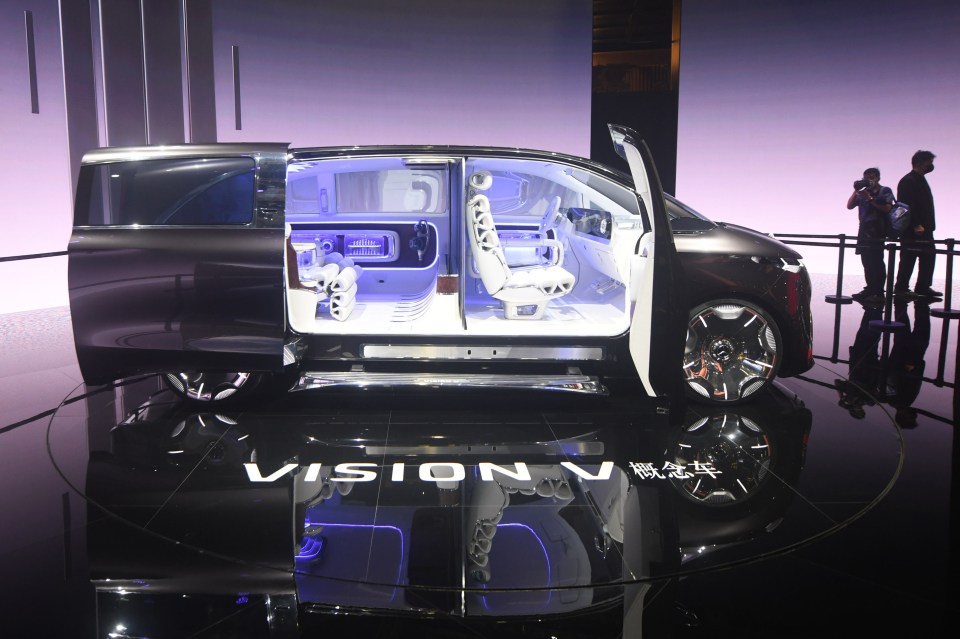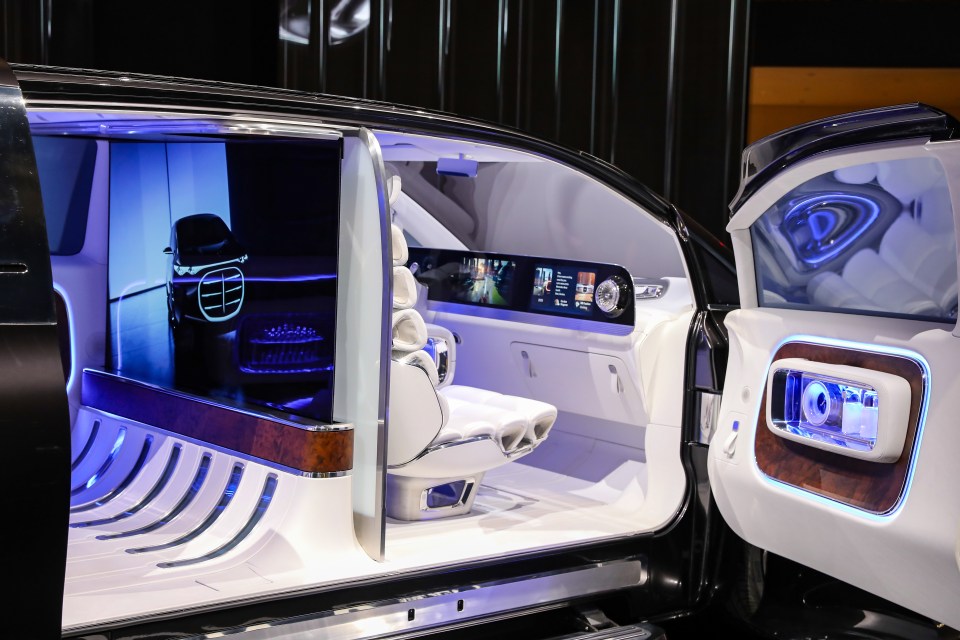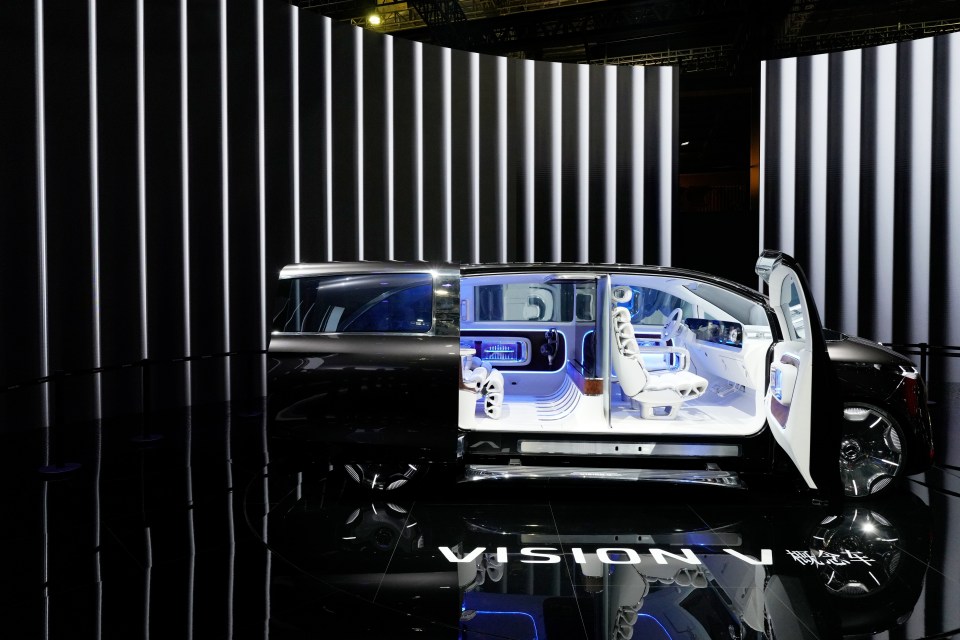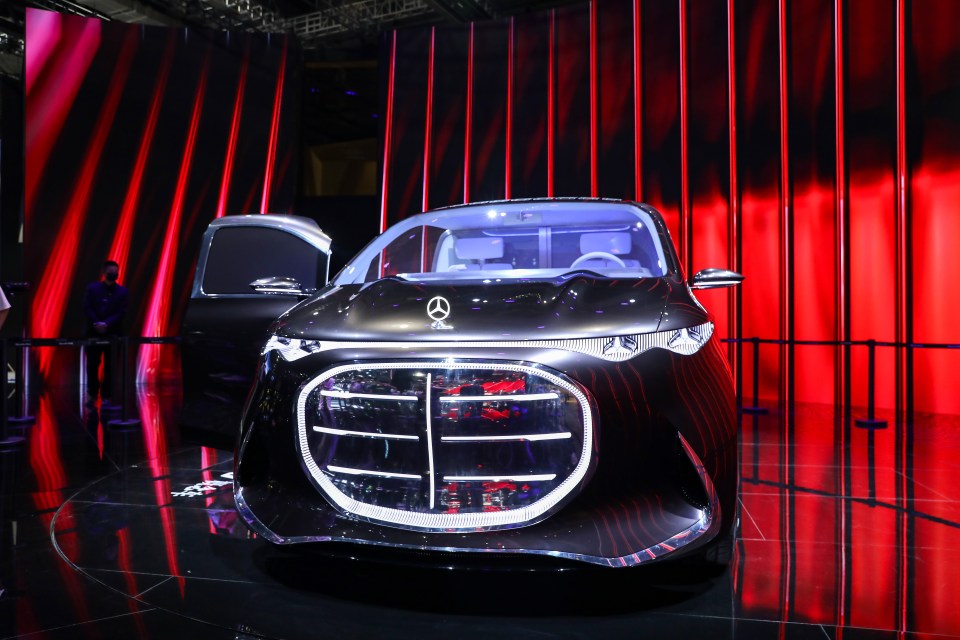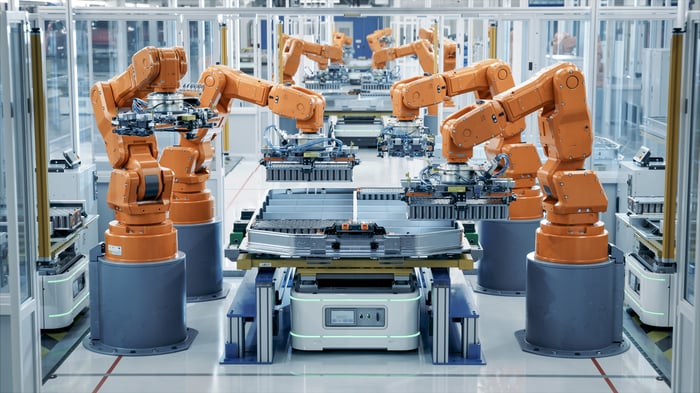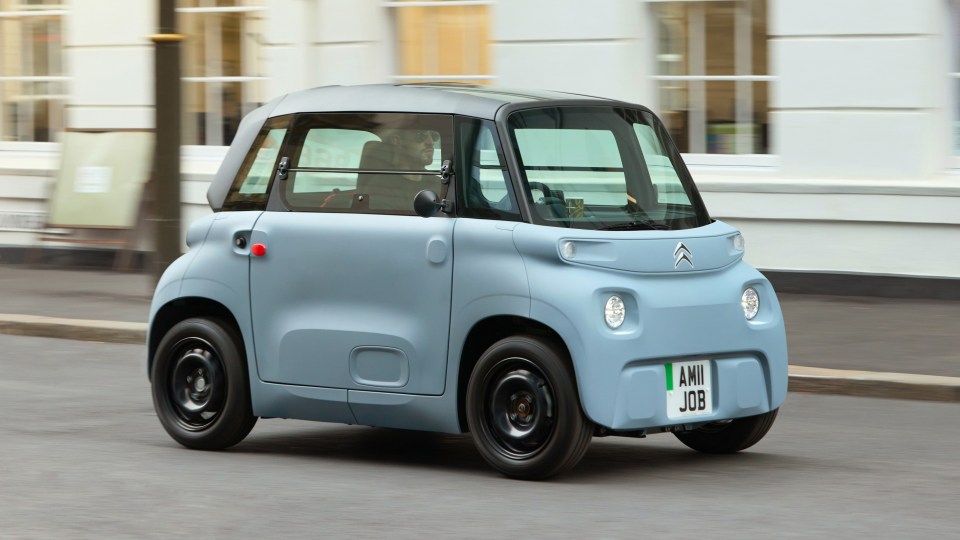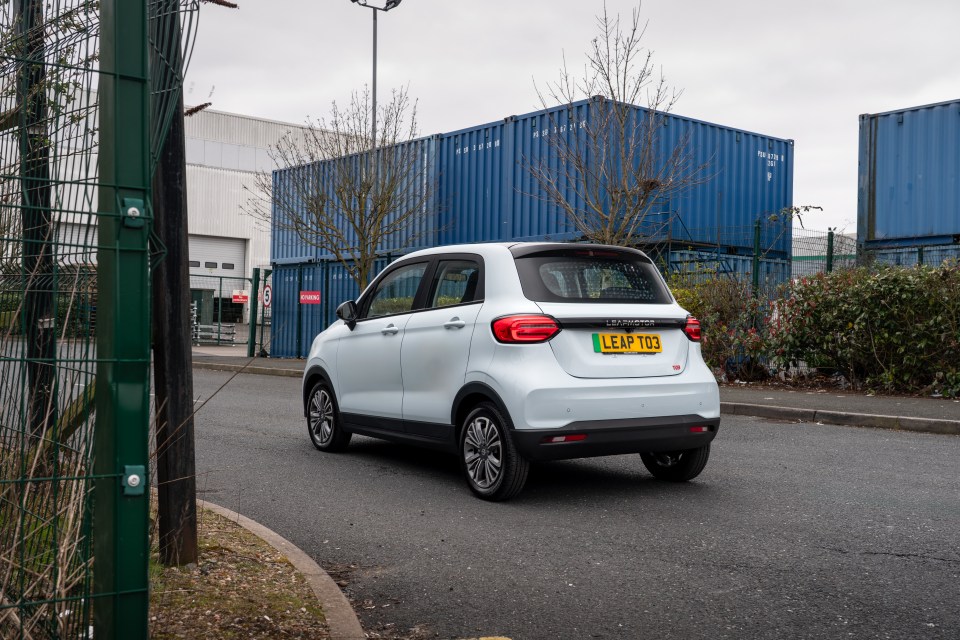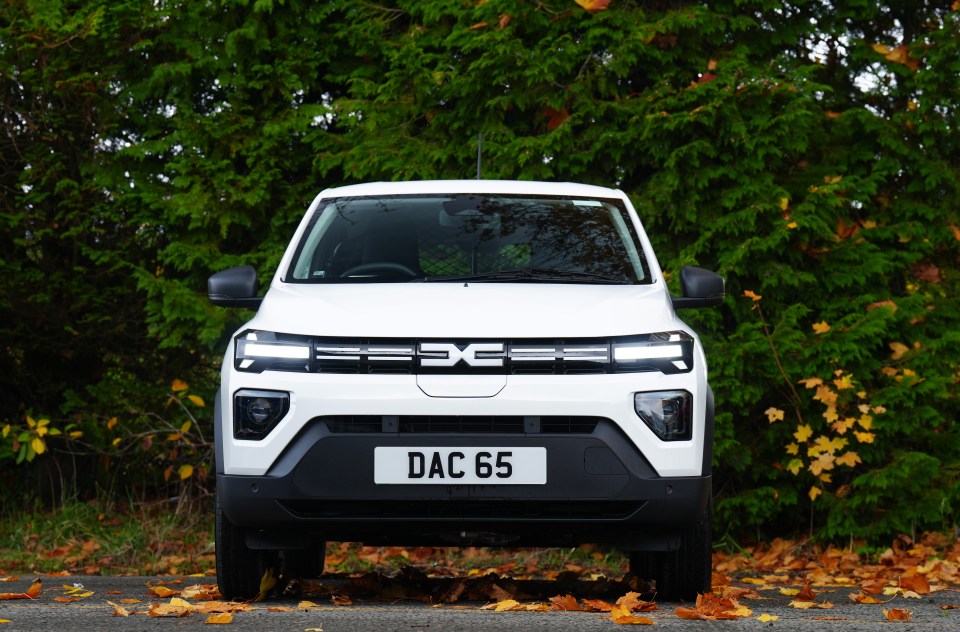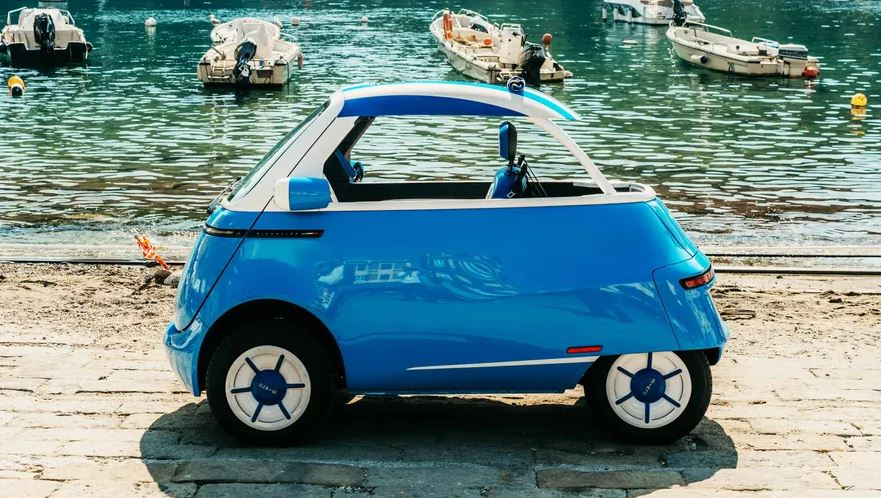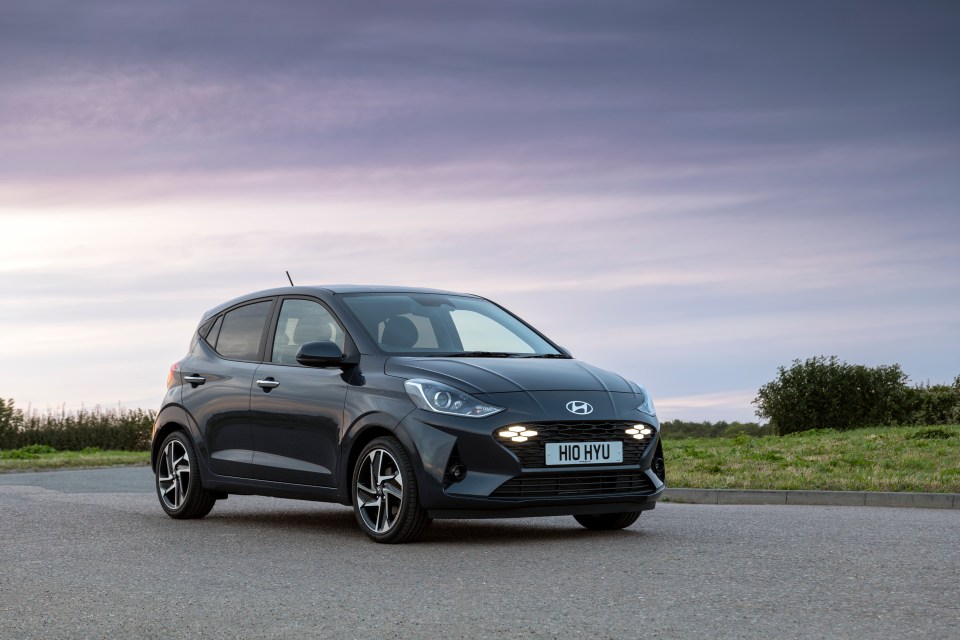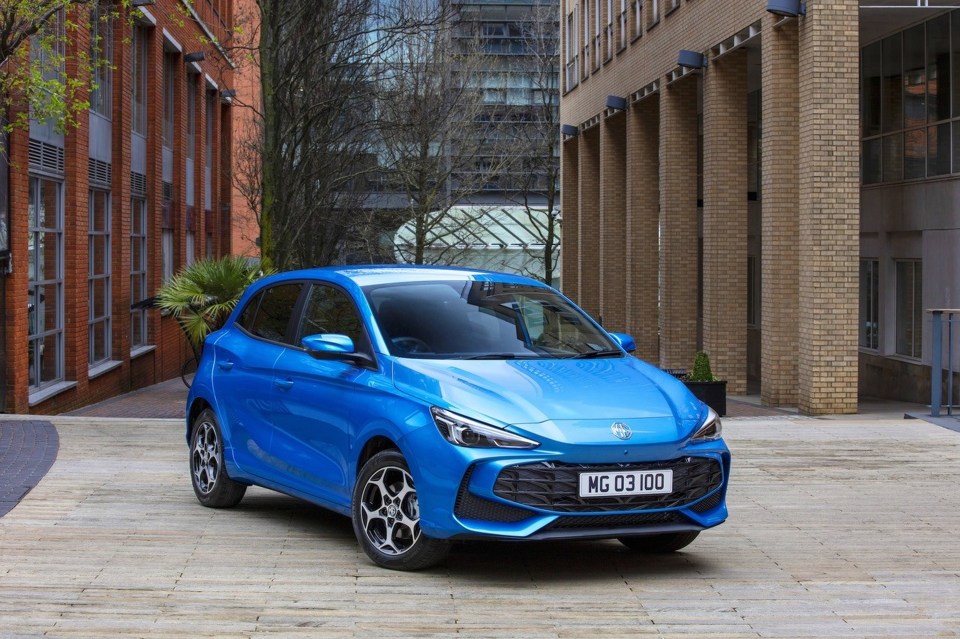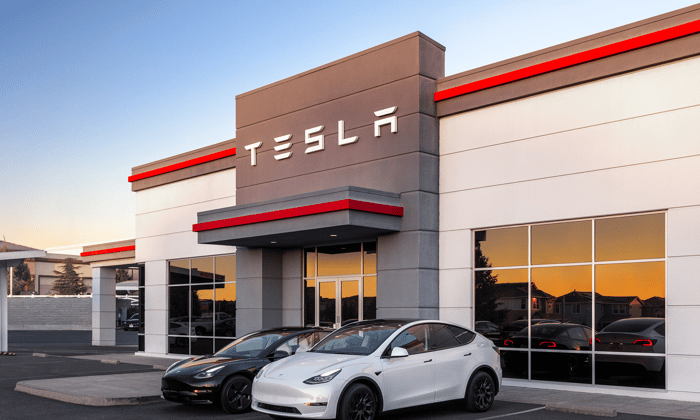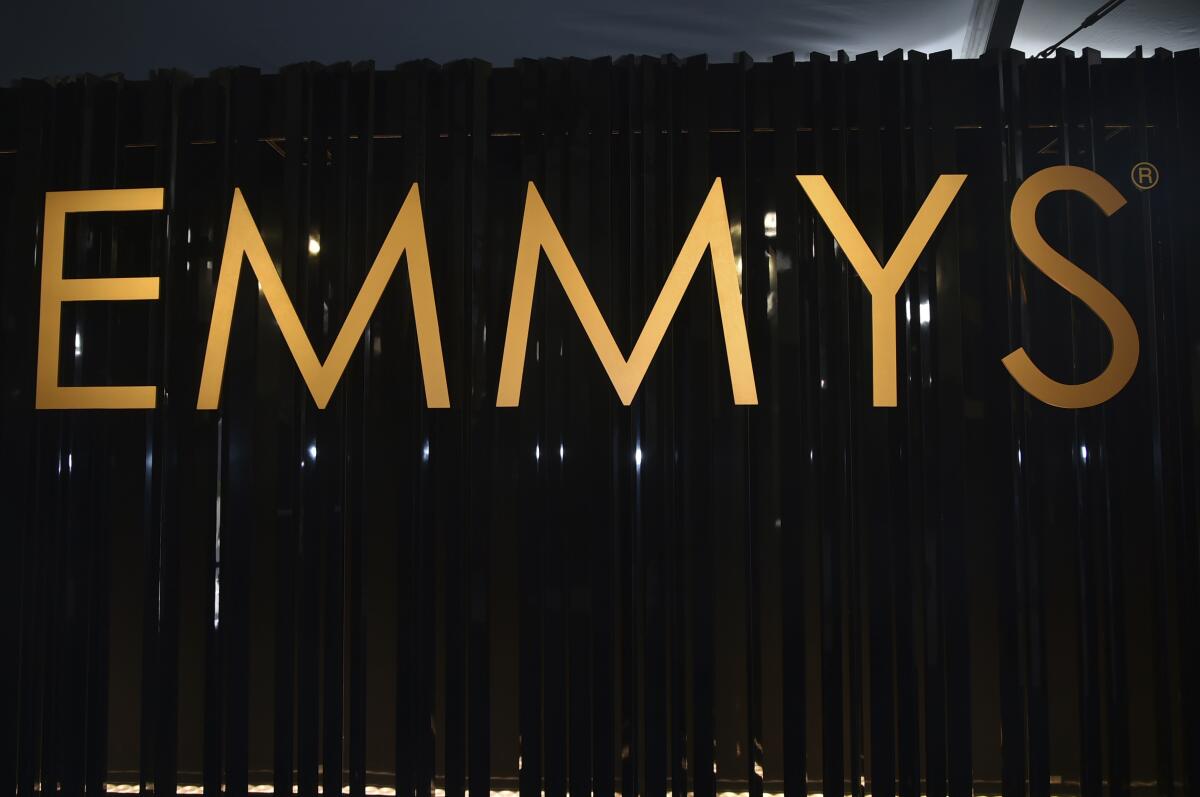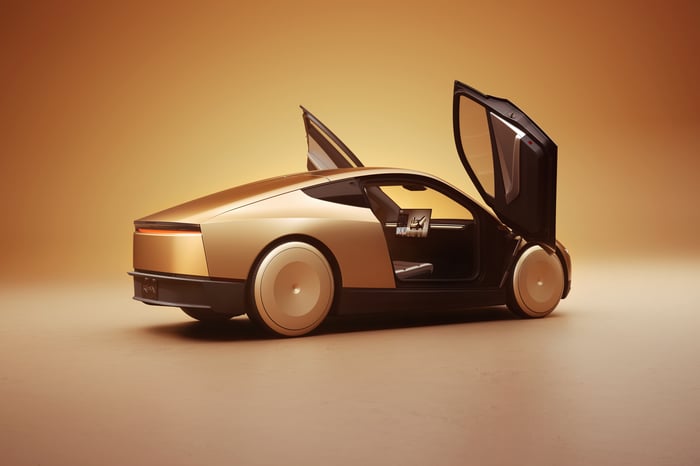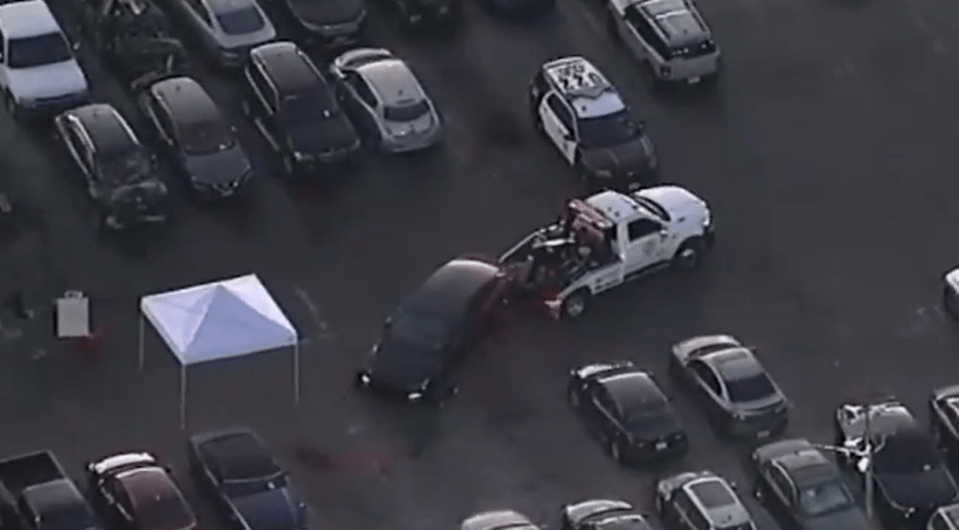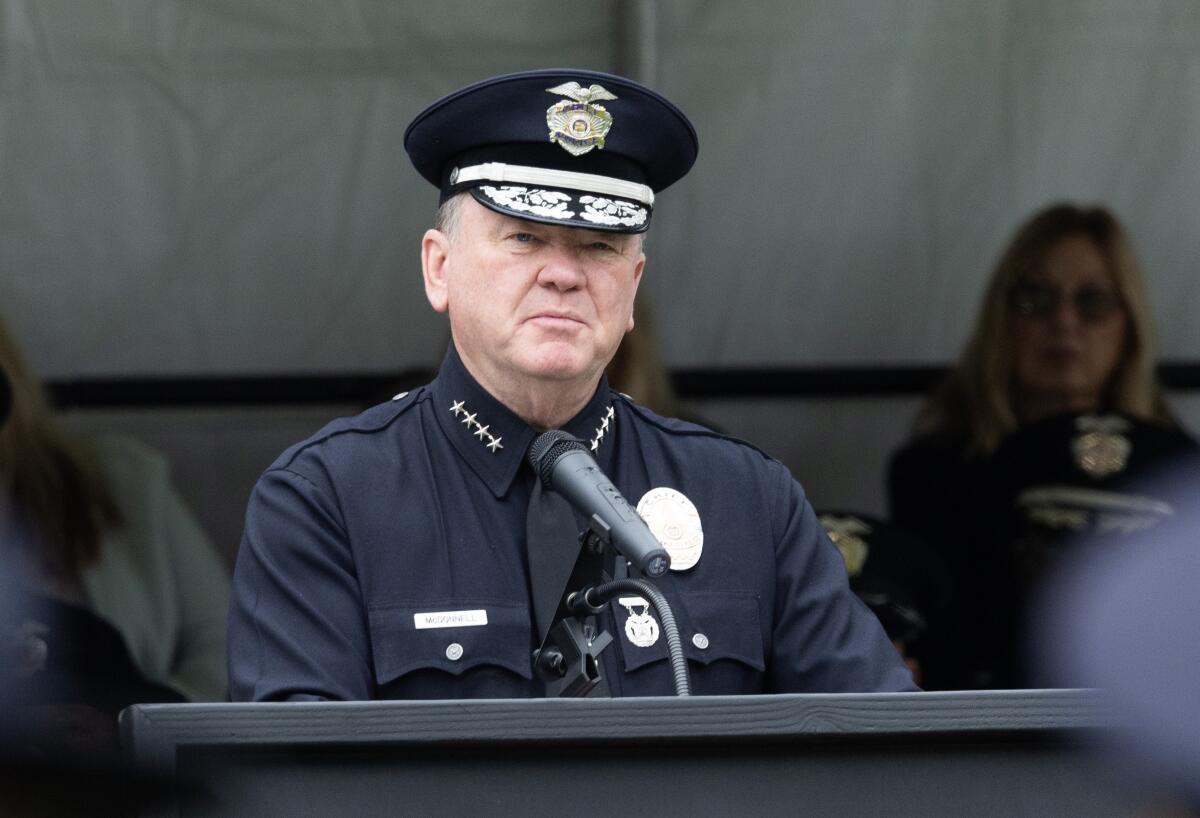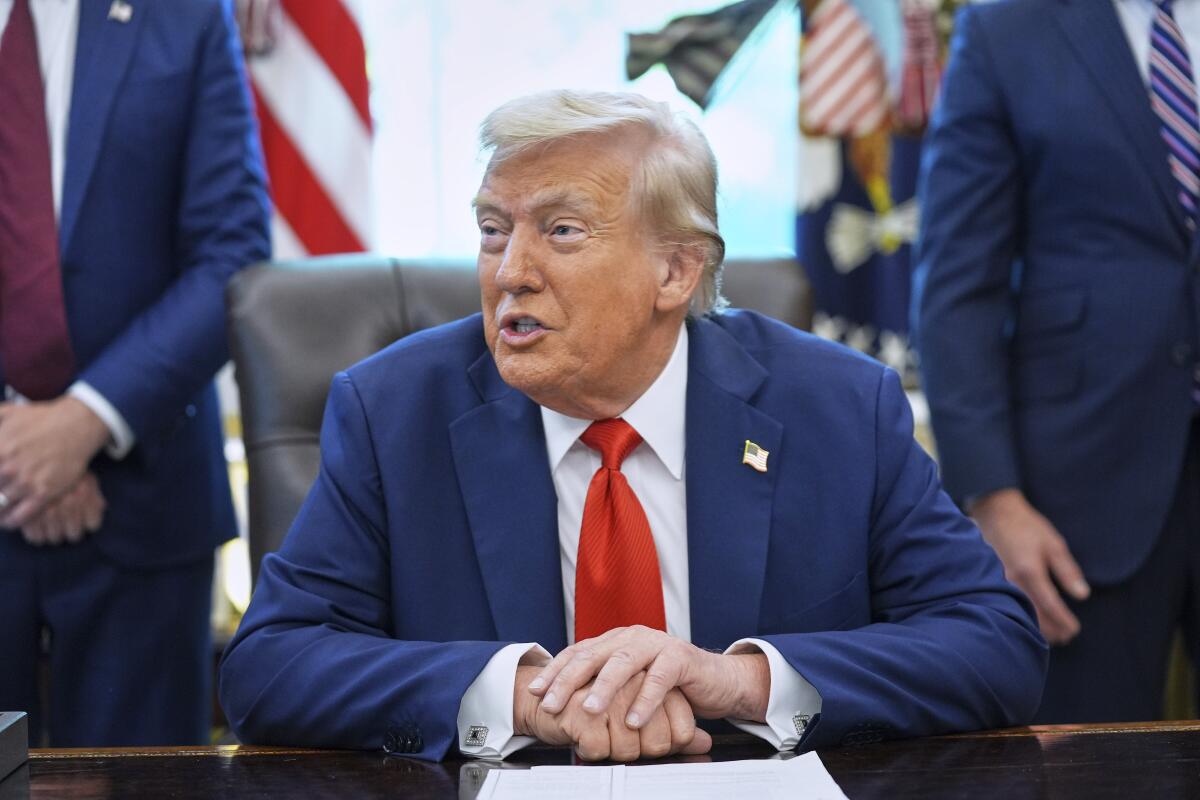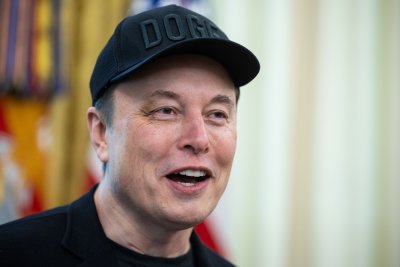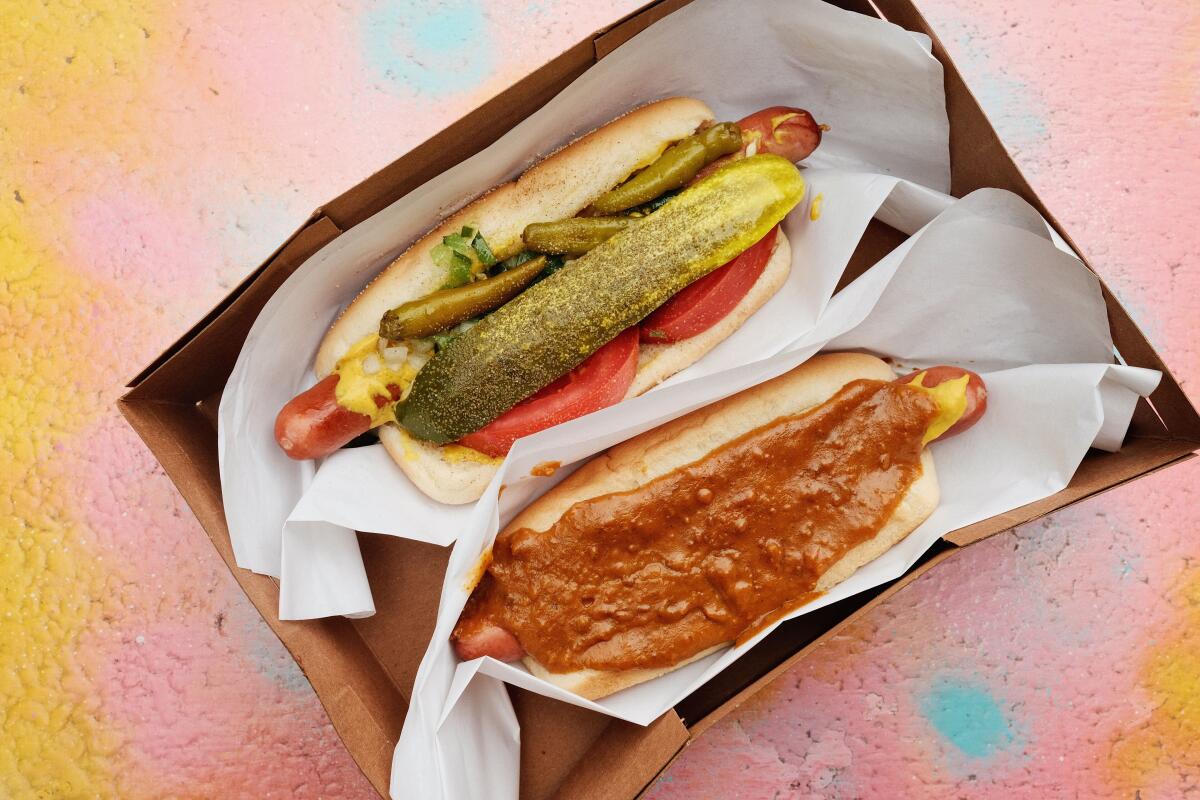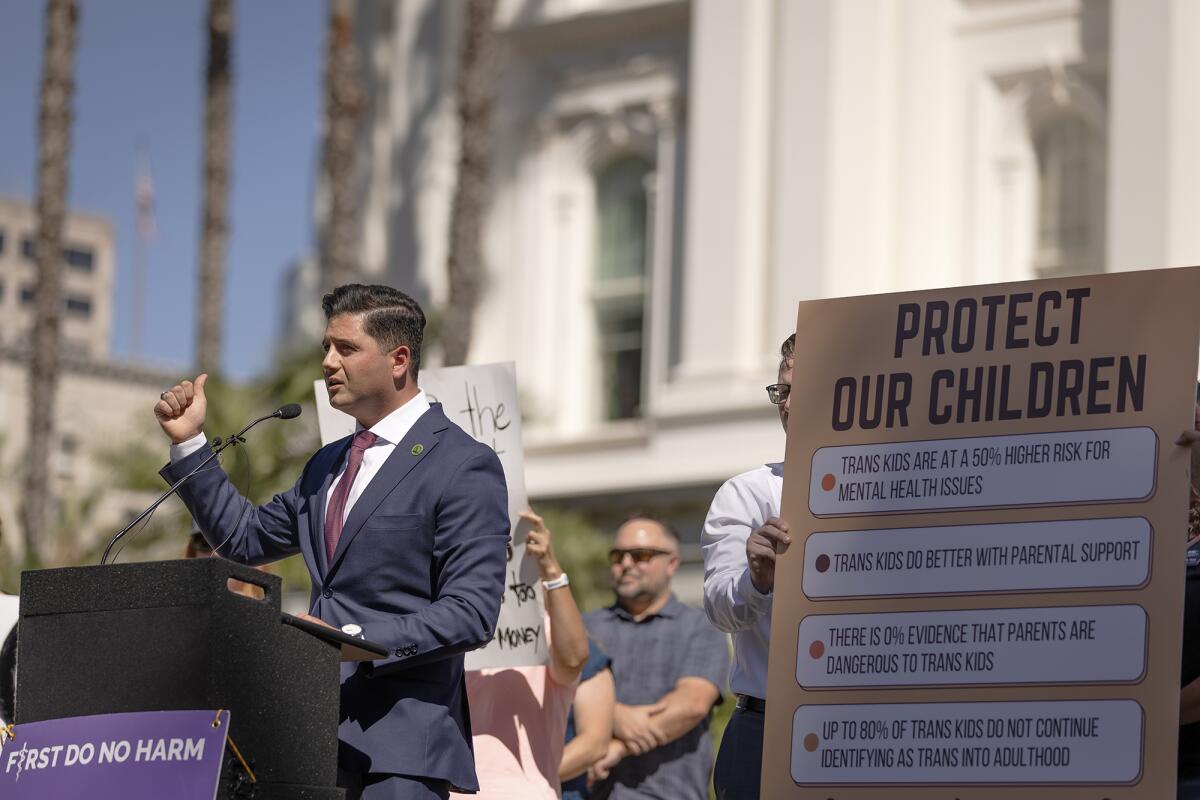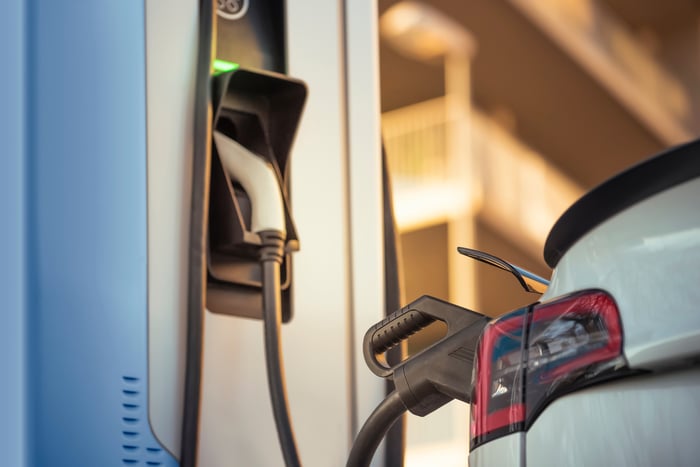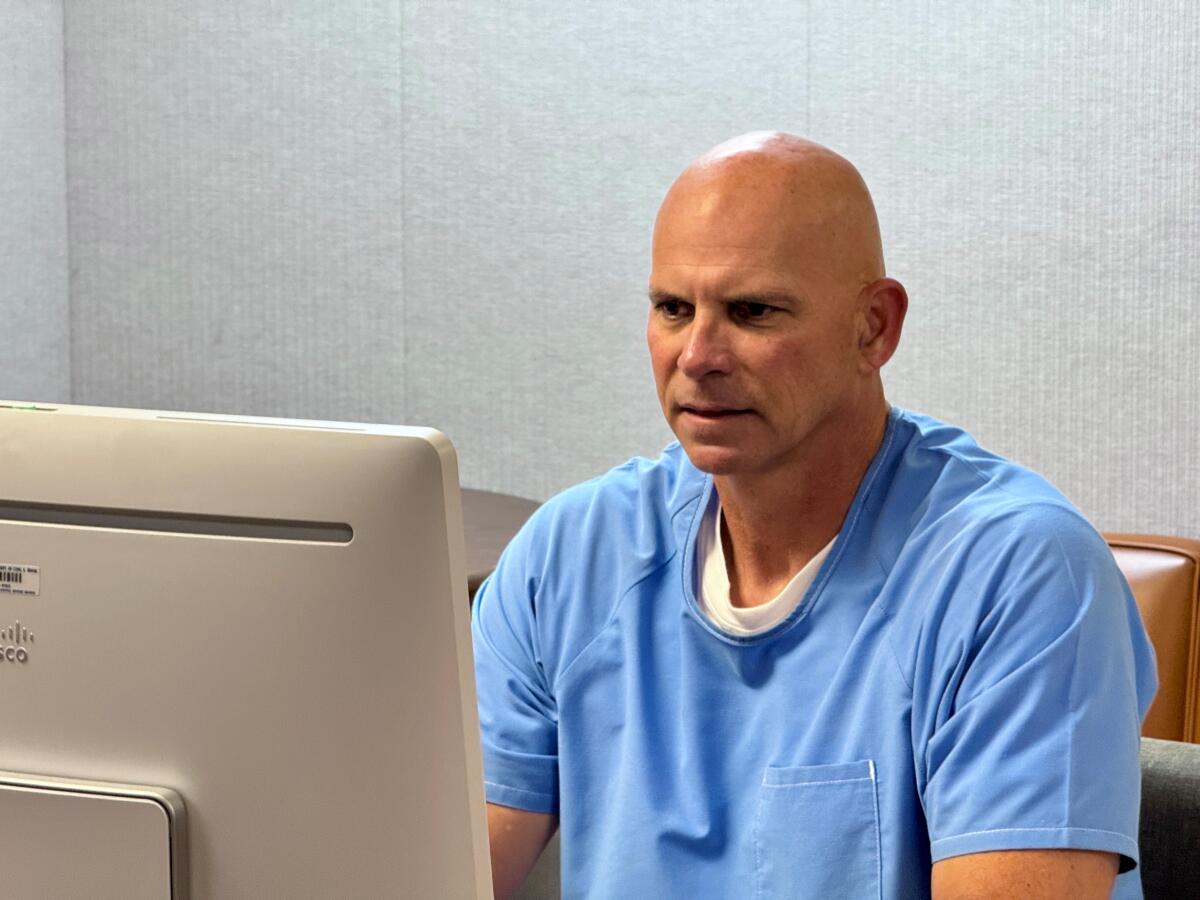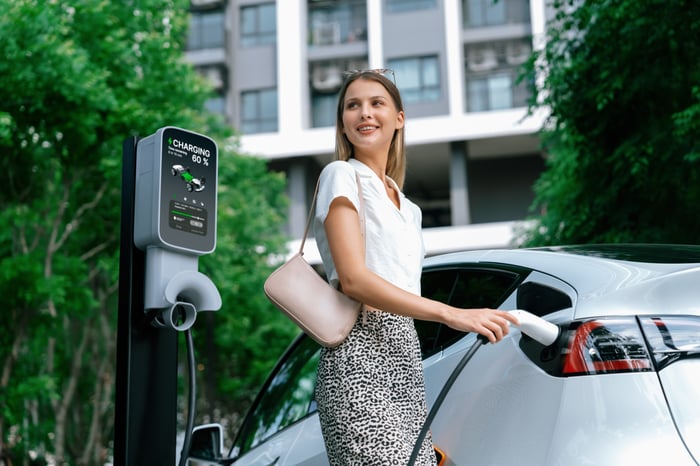Money flows, average incomes rise quickly in parts of Coachella Valley
As someone who’s lived in and visited family throughout the Inland Empire for years, I have seen firsthand the rapid growth that has changed the region.
When I travel to Yucaipa nowadays, the orange groves of my youthful weekend visits have long since been replaced by housing developments as the town has nearly doubled in 30 years.
My colleague Terry Castleman has been analyzing the demographic changes taking place in California but he recently took a deep dive into the explosive growth of income in the Inland Empire, in particular the south desert portion of Riverside County.
Castleman, a data reporter, noted that two of the top three communities that saw the greatest growth in average income in the state between 2017 and 2022 were in the Coachella Valley, perhaps best known for hellish summer temperatures, Palm Springs and the Coachella Valley Music & Arts Festival.
For this analysis, The Times considered only communities with more than 3,000 tax returns. I’ll address the cities with fewer returns shortly.
Thousand Palms saw average incomes rise more than 3.5 times over that span, from $12,700 in 2017 to nearly $45,000 three years later. In nearby Indian Wells, incomes nearly doubled, from $139,000 to $256,000.
Castleman analyzed what was happening in his full article. Let’s look at some of those findings.
The Coachella Valley is experiencing a desert bloom
Income levels in Thousand Palms were far lower than in Indian Wells — but each is getting richer from a regionwide perspective, said Kyle Garman, an agent for Keller Williams who has sold real estate in the Coachella Valley for eight years.
Part of the story is attributable to remote work, he said, but the valley has also undergone a shift from being primarily a tourist destination to a place to settle down.
“It’s not just Palm Springs, it’s not just people coming for the festivals, it’s the whole valley,” Garman said.
Before the COVID-19 pandemic, home prices were much lower and only about 35% to 40% of residents stayed for the hottest months of the year, he said. As more attractions and infrastructure have become available to residents, though, “people are sticking around more.”
So, who is moving in?
The average California household has a net worth between three and six times their adjusted gross income, meaning that the average Indian Wells resident probably became a millionaire between 2017 and 2022 as average household income skyrocketed to $256,000 from $139,000.
In the Coachella Valley, “the money’s coming from all over,” Garman observed. When the housing market was most competitive, around 2022 and 2023, cash buyers flooded in.
Now, they’re high earners who have relocated to towns that were formerly less tony. “This is the new norm,” he said.
Garman pointed to a number of new Coachella Valley attractions that were drawing families — the Firebirds professional ice hockey team and Disney’s Cotino housing development.
Thousand Palms is unincorporated, drawing homeowners because, as one businessperson there put it: “Taxes are more reasonable, you have fewer regulations when you want to build.”
Notes that didn’t make Castleman’s cut
When Castleman looked at the income changes in smaller towns, he found some intriguing data.
He discovered staggering income jumps in towns like Helm, an unincorporated Fresno County village that has about 200 residents.
Between the 2017-2022 period, Helm saw incomes grow by 10 times, reaching near $200,000.
Castleman said many smaller towns throughout the state are disproportionately impacted by the moves of one or a handful of “big fish.”
“The experts told me that there was likely a big farm owner who reported huge losses one year and then huge gains the next year,” he said. “So, these towns can have wild fluctuations.”
For more, check out Castleman’s full story.
The week’s biggest stories
Crime, courts and policing
Trump policies and reactions
Entertainment and television news
More big stories
This week’s must-reads
More great reads
For your weekend
Going out
Staying in
Have a great weekend, from the Essential California team
Jim Rainey, staff writer
Kevinisha Walker, multiplatform editor
Andrew J. Campa, reporter
Hugo Martín, assistant editor
Karim Doumar, head of newsletters
Diamy Wang, homepage intern
Izzy Nunes, audience intern
How can we make this newsletter more useful? Send comments to [email protected]. Check our top stories, topics and the latest articles on latimes.com.





